stryker triathlon technique guide

The Stryker Triathlon System is a cutting-edge total knee arthroplasty solution designed to replicate natural knee movement, offering stability and flexibility for optimal patient outcomes.
Overview of the Stryker Triathlon Total Knee System
The Stryker Triathlon Total Knee System is a state-of-the-art primary knee arthroplasty solution designed to work in harmony with the body. It utilizes a single-radius technology, which mimics the natural movement of the knee, providing enhanced stability and flexibility. The system is engineered to address a wide range of patient needs, offering a comprehensive suite of implants and instrumentation. Key components include cobalt chrome and titanium alloys for durability and biocompatibility. The Triathlon system also features a cementless option with highly porous biologic fixation technology, promoting bone ingrowth and long-term implant stability. Its modular design allows for customization, ensuring a personalized fit for optimal patient outcomes. This system is widely recognized for its ability to replicate natural knee kinematics, making it a preferred choice for surgeons worldwide.
History and Development of the Triathlon System
The Stryker Triathlon Total Knee System was first introduced in the late 1990s, marking a significant advancement in knee arthroplasty. It was developed with a focus on natural knee kinematics and patient-specific outcomes. The system’s single-radius design was a groundbreaking innovation, designed to replicate the natural movement of the knee more accurately than previous systems. Over the years, the Triathlon System has undergone continuous refinement, with advancements in materials and instrumentation. The introduction of the cementless Triathlon system further expanded its applications, incorporating highly porous biologic fixation technology for improved osseointegration. Today, it remains a leading choice for surgeons, combining proven durability with cutting-edge design.
Key Features of the Stryker Triathlon Implant
The Stryker Triathlon Implant is renowned for its innovative design, emphasizing natural knee kinematics. Its single-radius design ensures consistent femoral rollback, mimicking the knee’s natural movement. The implant is available in both cemented and cementless options, offering versatility for various patient needs. The cementless version features a highly porous Tritanium baseplate, promoting biologic fixation and long-term stability. Additionally, the implant’s modular design allows for customization to fit individual anatomical requirements. It is crafted from durable materials, including cobalt chrome and titanium, ensuring exceptional strength and wear resistance. These features collectively contribute to improved patient outcomes, enhanced mobility, and a higher quality of life post-surgery.
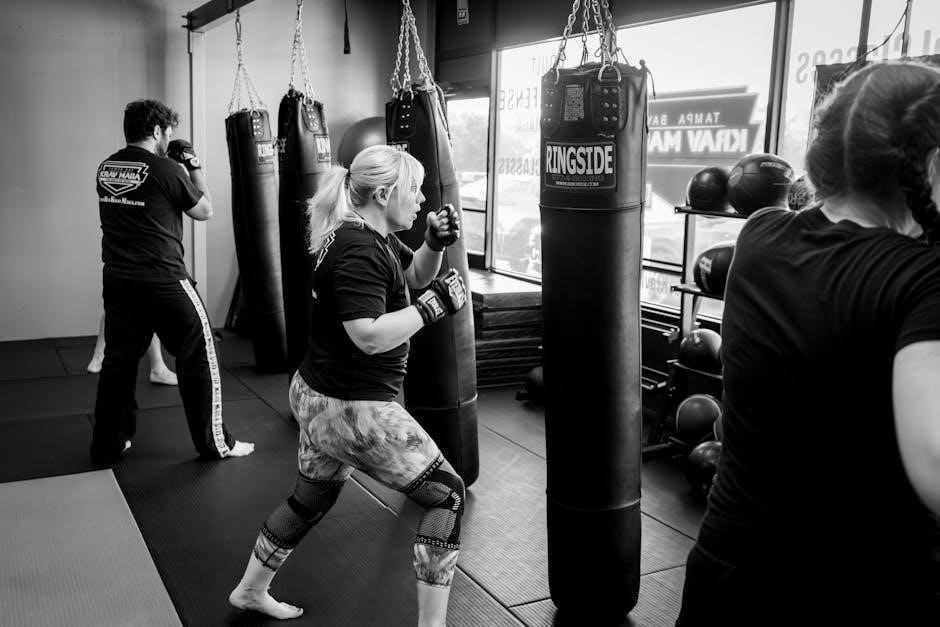
Preoperative Planning and Preparation
Preoperative planning involves thorough patient assessment, imaging, and templating to ensure precise implant sizing and alignment. Patient education on expectations and recovery is crucial for success.
Importance of Preoperative Assessment
Preoperative assessment is critical for identifying patient-specific factors that influence surgical outcomes. It involves evaluating the knee’s anatomy, alignment, and any deformities. Imaging techniques like X-rays and MRIs provide detailed visuals, ensuring accurate templating and implant sizing. Assessing the patient’s overall health, including any comorbidities, helps in developing a personalized surgical plan. Additionally, understanding the patient’s lifestyle and expectations aids in setting realistic goals. This comprehensive evaluation minimizes surgical risks and ensures the Triathlon system is optimally utilized, leading to better functional outcomes and patient satisfaction. Proper preparation also streamlines the surgical process, reducing operation time and potential complications.
Imaging and Templating for Triathlon System
Imaging and templating are essential steps in preparing for a Triathlon Total Knee Arthroplasty. Standard X-rays, including weight-bearing anteroposterior and lateral views, are typically used to assess the knee’s anatomy and alignment. MRI scans may also be employed for detailed soft tissue evaluation. Templating involves using digital tools to predict implant sizing and positioning based on preoperative imaging. This process ensures accurate fit and alignment of the Triathlon components, minimizing intraoperative adjustments. Advanced software allows surgeons to simulate the procedure, improving precision and reducing surgical time. Proper imaging and templating are critical for achieving optimal outcomes and ensuring the Triathlon system performs as intended.
Patient Education and Expectations
Patient education is crucial for successful outcomes with the Stryker Triathlon System. Surgeons and healthcare teams ensure patients understand the procedure, its benefits, and recovery process. Setting realistic expectations is key, as the Triathlon system is designed to mimic natural knee kinematics, offering improved mobility and comfort. Patients are educated on the importance of preoperative preparation, postoperative rehabilitation, and lifestyle adjustments. Clear communication about potential risks and recovery timelines helps manage patient anxiety and promotes adherence to postoperative protocols. This collaborative approach ensures patients are well-informed, actively involved in their care, and prepared for the journey toward restored knee function and improved quality of life.
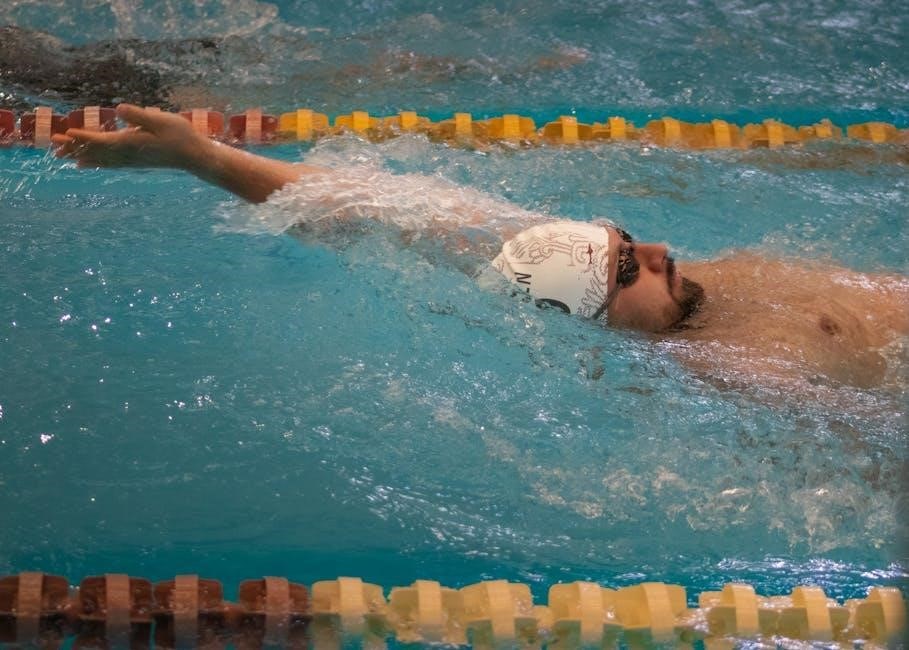
Surgical Technique and Approach
The Stryker Triathlon System employs precise instrumentation, including the Distal Resection Guide and Femoral Alignment Guide, to ensure accurate cuts and proper implant alignment, enhancing surgical outcomes.
Operative Setup and Patient Positioning
Proper operative setup and patient positioning are critical for successful Triathlon TKA. The patient is typically placed in a supine position with a tourniquet applied to the upper thigh. The surgical team ensures the leg is positioned to allow full knee flexion and extension. Fluoroscopy may be used to verify alignment and accuracy during the procedure. The operating room setup includes sterile draping and preparation of the surgical site. Instrumentation, such as the Distal Resection Guide and Femoral Alignment Guide, is organized for efficient access. Maintaining asepsis and precise patient positioning are essential to minimize complications and ensure optimal outcomes with the Triathlon System.
Femoral and Tibial Preparation
Femoral and tibial preparation are foundational steps in the Triathlon TKA procedure. The femur is prepared using the Femoral Alignment Guide to ensure accurate cutting and sizing. A distal femoral resection is performed, followed by anterior and posterior cutting using specific guides. The tibia is prepared with the Distal Resection Guide, ensuring proper alignment and depth. Tibial augment resections, either 5mm or 10mm, are made based on preoperative planning. The Revision Tibial Resection Guide is assembled and used to achieve precise cuts. These steps ensure proper fit and alignment of the Triathlon components, facilitating natural kinematics and stability. Accurate preparation is critical for optimal implant positioning and long-term outcomes.
Patellar Management in Triathlon TKA
Patellar management in Triathlon TKA focuses on preserving or resurfacing the patella to maintain natural knee mechanics. If resurfacing is indicated, a patellar resection is performed using specific cutting guides to ensure proper thickness and alignment. The patellar component is then cemented or press-fit based on surgical preference. Patellar tracking is assessed to ensure smooth movement within the femoral groove. Soft tissue balancing and appropriate component sizing are crucial to avoid complications such as patellar maltracking or pain. Proper patellar management contributes to improved range of motion, reduced pain, and enhanced patient satisfaction postoperatively.
Implant Alignment and Fixation Techniques
Implant alignment and fixation in the Stryker Triathlon System are critical for achieving optimal outcomes. The system utilizes a single-radius design, promoting natural knee kinematics and minimizing wear. Alignment is achieved through precise instrumentation, including femoral and tibial preparation guides, to ensure proper positioning of components. Fixation can be either cemented or cementless, depending on patient anatomy and surgeon preference. Cementless fixation leverages porous Tritanium technology for bone ingrowth, while cemented fixation provides immediate stability. Accurate alignment and secure fixation are essential to prevent loosening, improve durability, and enhance patient mobility. Proper technique ensures long-term implant survivorship and patient satisfaction.
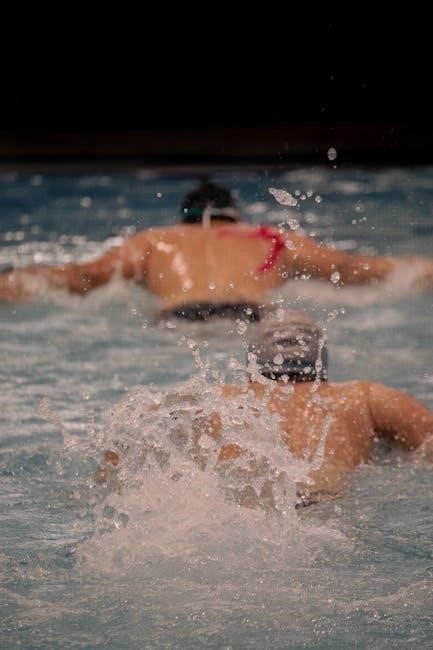
Instrumentation and Tools
The Stryker Triathlon System utilizes specialized instruments, including chamfer cutting guides and tibial resection tools, to ensure precise implant alignment and accurate bone preparation during surgery.
Overview of Triathlon Instrumentation
The Triathlon instrumentation is designed to enhance surgical precision and efficiency. It includes specialized tools such as femoral and tibial cutting guides, which help in achieving accurate bone resections. These instruments are engineered to work seamlessly with the Triathlon implant, ensuring proper alignment and fit. The system also features adjustable blocks and guides to accommodate varying patient anatomies, allowing for a more customized approach. Additionally, the instrumentation is ergonomically designed to reduce surgical complexity, making the procedure more streamlined for surgeons. Overall, the Triathlon tools are integral to delivering consistent and reproducible outcomes in total knee arthroplasty procedures.
Chamfer Cutting Guide and Its Role
The Chamfer Cutting Guide is a critical instrument in the Stryker Triathlon technique, specifically designed to facilitate precise femoral bone preparation. It ensures accurate chamfer cuts, which are essential for proper implant seating and alignment. The guide is used to create the necessary angular cuts on the femur, matching the implant’s design for optimal fit. Its role is to enhance surgical accuracy, reducing the risk of human error during bone resection. The Chamfer Cutting Guide is typically used in conjunction with other Triathlon instruments, such as the femoral alignment guide, to achieve a more reproducible and reliable outcome. Its design prioritizes ease of use and precision, making it a vital tool in the Triathlon system.
Tibial Resection Guide and Adjustments
The Tibial Resection Guide is a key instrument in the Stryker Triathlon system, enabling precise tibial preparation. It ensures accurate resection of the tibia, aligning with the femoral component for optimal joint mechanics. Adjustments are made using an adjustment block, allowing customization to match patient anatomy. The guide facilitates consistent results, reducing variability. Proper use requires understanding of patient-specific measurements, ensuring correct alignment and resection depth. Its design enhances surgical efficiency, making it an essential tool for achieving reliable outcomes in Triathlon total knee arthroplasty.
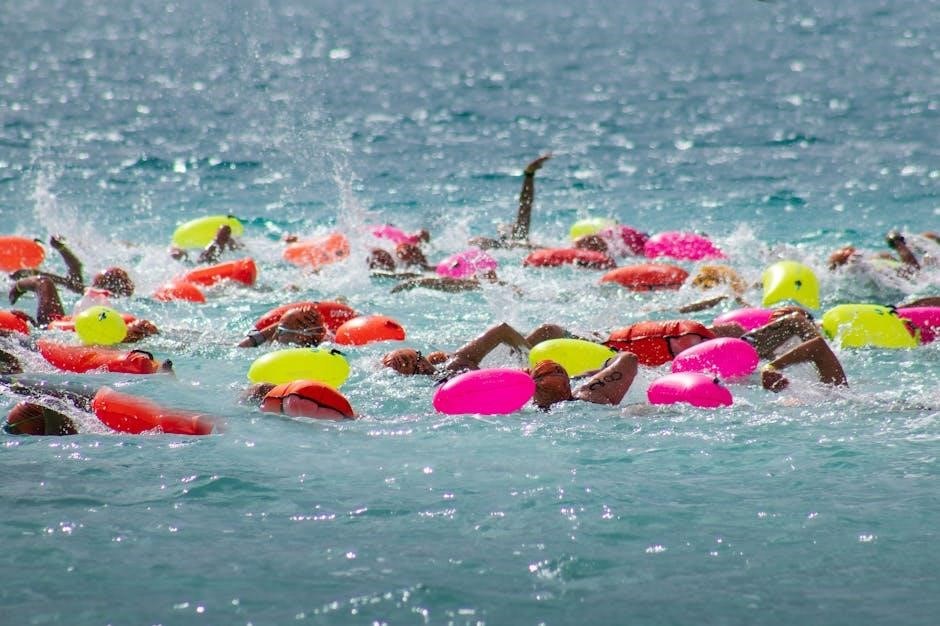
Postoperative Care and Recovery
Postoperative care involves immediate protocols, rehabilitation, and pain management to ensure a smooth recovery, optimizing patient mobility and functional outcomes after Triathlon TKA surgery.
Immediate Postoperative Protocols
Immediate postoperative care for the Stryker Triathlon System focuses on monitoring the patient’s vital signs, managing pain, and preventing complications. Protocols include wound dressing, antibiotic administration, and early mobilization to enhance recovery. Patients are closely observed for signs of infection or bleeding. Pain management strategies, such as epidural anesthesia or PCA (patient-controlled analgesia), are often employed. Additionally, mechanical compression devices may be used to reduce the risk of deep vein thrombosis. Early movement and weight-bearing exercises, guided by physical therapy, are initiated to restore knee function and mobility. These steps ensure a smooth transition to the rehabilitation phase, promoting optimal outcomes and patient comfort.
Rehabilitation and Physical Therapy
Rehabilitation and physical therapy play a critical role in restoring function and mobility after Triathlon Total Knee Arthroplasty. Early mobilization is emphasized to prevent stiffness and promote healing. Patients typically begin with range-of-motion exercises, progressive resistance training, and weight-bearing activities tailored to their recovery stage. The rehabilitation process is divided into phases: acute recovery, strengthening, and advanced mobility. Goals include achieving full knee extension, improving flexion, and restoring gait patterns. Pain management and swelling control are integrated into the therapy plan. Patients are encouraged to adhere to their personalized programs to maximize outcomes. Regular follow-ups with physical therapists ensure progress and address any challenges during recovery.
Pain Management Strategies
Pain management is a cornerstone of postoperative care for patients undergoing Triathlon Total Knee Arthroplasty. A multimodal approach is often employed, combining pharmacological and non-pharmacological methods. Preemptive analgesia, such as NSAIDs or acetaminophen, is commonly used before surgery to reduce postoperative pain intensity. Postoperative pain is typically managed with opioids, local anesthetics, or epidural injections. The Stryker Triathlon system’s design minimizes soft tissue trauma, potentially reducing postoperative pain. Cryotherapy and physical therapy are also integrated to enhance recovery and comfort. Patient education on pain management strategies and expectations is crucial for optimizing outcomes and ensuring a smoother recovery process.
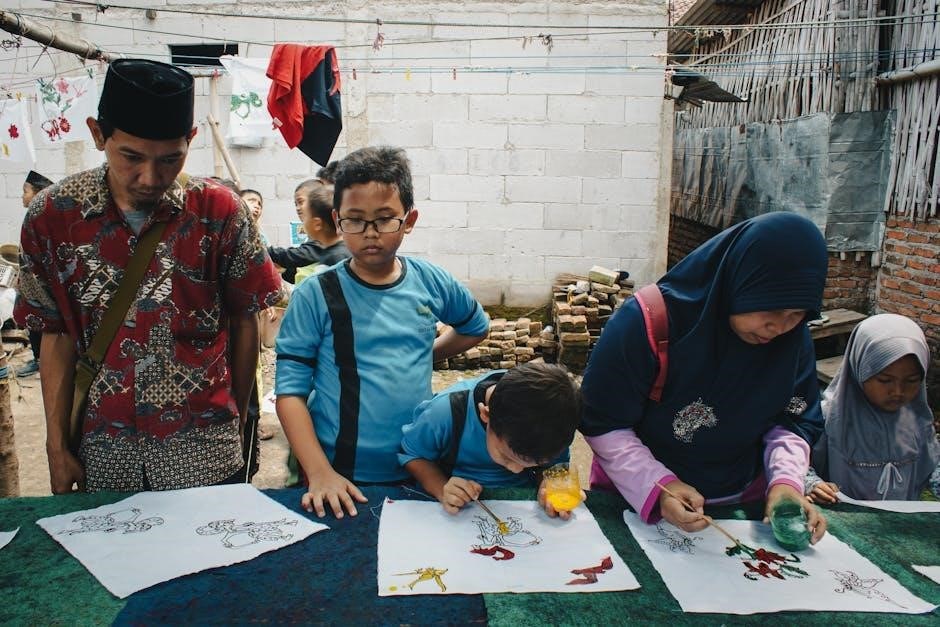
Complications and Management
Common complications include infection, component loosening, and alignment issues. Management strategies involve antibiotics, revision surgery, and precise technique adjustments to ensure optimal outcomes and patient recovery.
Common Complications in Triathlon TKA
Common complications in Triathlon TKA include infection, component loosening, and alignment issues. Infection management involves antibiotics and wound care, while loosening may require revision surgery. Proper surgical technique minimizes these risks, ensuring optimal outcomes and patient recovery.
Revision Surgery and Techniques
Revision surgery for the Stryker Triathlon TKA may be required due to component loosening, infection, or wear. Techniques involve removing the failed implant and replacing it with a revision-specific component. The Triathlon system’s modular design facilitates adjustments during revision, ensuring proper alignment and stability. Surgeons often use bone grafts or augments to address bone loss. Infection management includes antibiotic-impregnated spacers and thorough debridement. Advanced instrumentation, such as the Chamfer Cutting Guide, aids in precise femoral preparation. Revision surgery aims to restore function, alleviate pain, and improve patient mobility, with outcomes depending on the underlying cause and surgical expertise.
Addressing Infection and Wound Healing Issues
Infection and wound healing complications in Stryker Triathlon TKA require prompt intervention. Surgeons often use antibiotic-impregnated spacers to manage infections, followed by thorough debridement and irrigation. Wound care protocols include optimizing patient nutrition, controlling blood sugar levels, and ensuring proper wound dressings. The Triathlon system’s design allows for modular component removal, facilitating infection eradication. Postoperative antibiotics and antimicrobial coatings on implants further reduce infection risks. Addressing these issues early is critical to prevent revision surgery and ensure successful outcomes. Proper surgical technique and patient-specific care plans are essential for minimizing complications and promoting wound healing.

Clinical Outcomes and Results
Clinical studies demonstrate excellent survivorship and patient satisfaction with the Stryker Triathlon System, highlighting its effectiveness in restoring knee function and reducing pain long-term.
Clinical Studies and Survivorship Data
Clinical studies on the Stryker Triathlon System highlight its excellent survivorship rates, with long-term data demonstrating durability and reliability. Research indicates a 95% or higher 10-year survivorship rate, reflecting its effectiveness in total knee arthroplasty. The system’s design emphasizes natural kinematic motion, which contributes to reduced wear and improved patient outcomes. Survivorship data also underscores its performance in both primary and complex revision cases. Studies consistently report low revision rates and high patient satisfaction, attributing to its advanced materials and surgical precision. These findings reinforce the Triathlon System’s reputation as a reliable choice for surgeons and patients seeking long-term joint health solutions.
Patient Satisfaction and Functional Outcomes
Patient satisfaction with the Stryker Triathlon System is consistently high, attributed to its ability to restore natural knee motion and reduce pain. Functional outcomes demonstrate improved range of motion, stability, and return to daily activities. Patients often report enhanced quality of life post-surgery, with many resuming activities like walking, climbing stairs, and light exercise. The system’s design prioritizes anatomical alignment, contributing to better functional recovery. Clinical data supports these positive outcomes, showing a significant reduction in postoperative pain and improved patient-reported satisfaction scores compared to traditional knee replacement systems. These results highlight the Triathlon System’s effectiveness in meeting patient expectations for both comfort and functionality.
Comparison with Other TKA Systems
The Stryker Triathlon System stands out among other total knee arthroplasty (TKA) systems due to its advanced design and tribological advantages. Unlike traditional systems, the Triathlon System offers a single-radius design, which mimics the natural knee’s curvature, providing smoother movement and reduced wear. Its cementless options and highly porous coating enhance bone integration, improving long-term stability. Compared to other TKA systems, the Triathlon System demonstrates superior patient-reported outcomes, with higher satisfaction rates and faster recovery times. Additionally, its modular components allow for greater customization, catering to diverse patient anatomies and surgical needs. Clinical studies consistently highlight its durability and lower revision rates compared to competing systems.

Case Studies and Surgical Pearls
Real-World Applications and Success Stories
Real-world applications highlight the Triathlon System’s effectiveness in complex cases, offering surgical insights and tips for optimal implantation and patient recovery, ensuring superior clinical outcomes.
The Stryker Triathlon System has demonstrated exceptional performance in various clinical scenarios, showcasing its versatility and effectiveness. Surgeons have successfully utilized the system in complex cases, including severe deformities and revision surgeries. Real-world applications highlight the implant’s ability to restore natural knee kinematics, resulting in improved patient mobility and satisfaction. Success stories often emphasize the system’s durability and compatibility with modern surgical techniques. These applications underscore the Triathlon System’s role in advancing total knee arthroplasty, providing surgeons with a reliable solution for achieving optimal patient outcomes. Clinical success stories further validate its effectiveness in addressing diverse patient needs, solidifying its reputation as a trusted implant system.
Surgical Tips and Tricks for Optimal Results
To achieve optimal results with the Stryker Triathlon System, surgeons emphasize precise preoperative planning and meticulous surgical execution. Proper patient positioning and alignment are critical to ensure accurate femoral and tibial preparation. Utilizing the chamfer cutting guide and tibial resection guide can enhance precision, while careful patellar management minimizes complications. Surgeons recommend verifying implant alignment before fixation and considering individual patient anatomy for tailored outcomes. Additionally, maintaining soft tissue balance and using advanced instrumentation can significantly improve surgical accuracy. These techniques, combined with adherence to the Triathlon technique guide, contribute to superior clinical results and patient satisfaction.
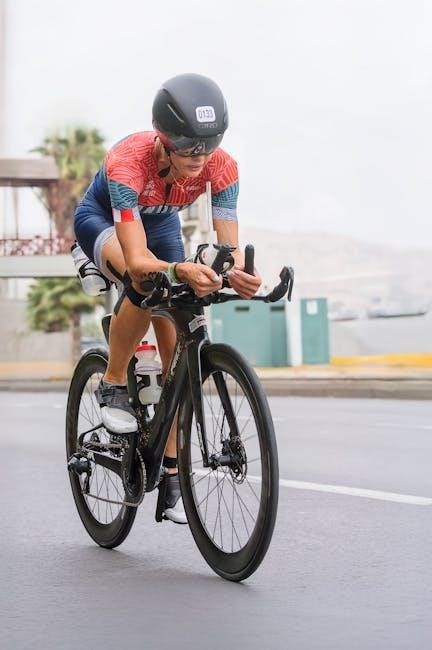
Learning Curve and Training
Mastering the Stryker Triathlon System requires a manageable learning curve, with comprehensive training programs and hands-on workshops to ensure surgeons achieve proficiency and optimal surgical outcomes efficiently.
Surgeon Experience and Learning Curve
The Stryker Triathlon System’s learning curve is influenced by surgeon experience and familiarity with knee arthroplasty techniques. Surgeons new to the system typically require hands-on training sessions and cadaveric workshops to grasp its unique instrumentation. The system’s intuitive design and standardized surgical protocol help reduce the learning curve, allowing even less experienced surgeons to achieve consistent results. Proper training emphasizes understanding the Chamfer Cutting Guide and Tibial Resection Guide, which are critical for accurate bone preparation. Experienced surgeons often appreciate the system’s efficiency and reproducibility, which contribute to better patient outcomes and reduced operative times over time.
Training Programs and Workshops
Stryker offers comprehensive training programs and workshops to ensure surgeons master the Triathlon System’s techniques. These programs include hands-on cadaver labs, didactic sessions, and peer-to-peer learning opportunities. Surgeons gain expertise in using the Chamfer Cutting Guide and Tibial Resection Guide, crucial for precise bone preparation. Workshops emphasize proper implant alignment and fixation techniques, ensuring optimal outcomes. Practical exercises and case discussions are integral, allowing surgeons to refine their skills. These programs are tailored for both novice and experienced surgeons, providing updates on the latest advancements and surgical pearls. The goal is to enhance confidence and proficiency in performing successful Triathlon total knee arthroplasties.
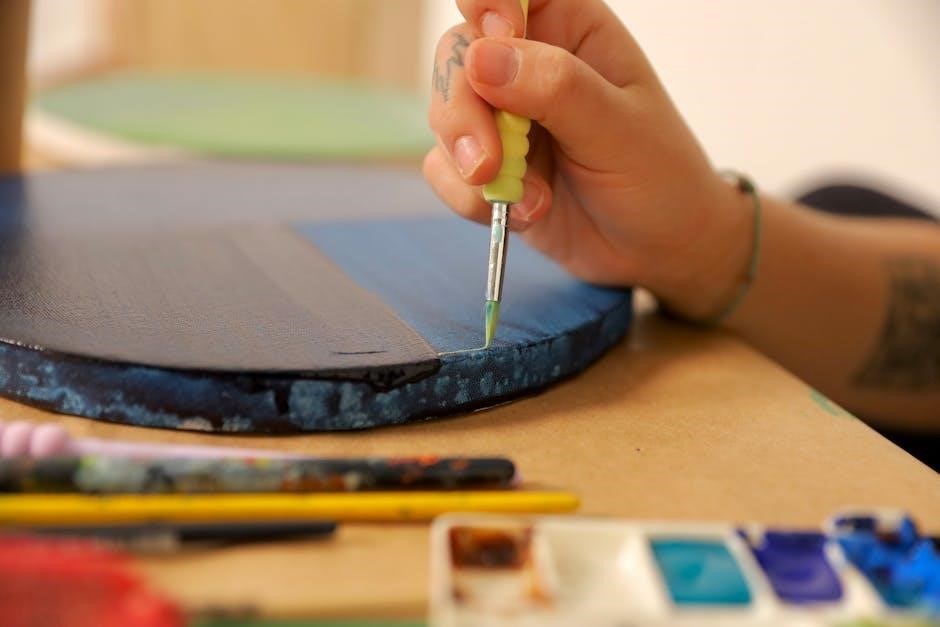
Future Developments and Innovations
The Stryker Triathlon System is evolving with advancements in materials and technology, focusing on personalized solutions and digital integration to enhance surgical precision and patient outcomes.
Emerging Technologies in TKA
Emerging technologies in total knee arthroplasty (TKA) are revolutionizing the field, with advancements like 3D printing for custom implants and patient-specific instrumentation. Robotics and augmented reality are enhancing surgical precision, while bioengineered materials, such as Stryker’s Tritanium technology, improve implant durability and biocompatibility. These innovations aim to personalize treatment, reduce recovery time, and improve long-term outcomes for patients.
Future Directions for the Triathlon System
The Stryker Triathlon System is poised for further innovation, with a focus on personalized medicine and advanced materials. Future developments may include 3D-printed implants for customized fit and enhanced biocompatibility. Robotics and AI could further refine surgical precision, reducing human error and improving outcomes. Additionally, Stryker may explore minimally invasive techniques to reduce recovery times and tissue damage. The integration of wearable technology and digital health tools could also play a role in monitoring patient recovery and optimizing results. These advancements aim to address the evolving needs of patients and surgeons, ensuring the Triathlon System remains at the forefront of TKA innovation.
The Stryker Triathlon System represents a leap in TKA innovation, balancing innovative technology with patient-centered design to enhance outcomes and satisfaction in knee replacement surgeries.
The Stryker Triathlon System is a advanced total knee arthroplasty solution designed to mimic natural knee kinematics, offering enhanced stability and patient satisfaction. Its single-radius design ensures consistent performance, while the cementless and cemented options cater to diverse patient needs. The system incorporates innovative materials, such as Vitamin E-infused polyethylene, to improve wear resistance and longevity. Clinical studies highlight excellent survivorship rates and functional outcomes, making it a preferred choice for surgeons. Proper surgical technique and preoperative planning are critical for optimal results. The Triathlon System stands out for its versatility and patient-centric approach, solidifying its position as a leader in orthopedic innovation. Adherence to surgical protocols ensures reliability and effectiveness.
Final Thoughts on the Stryker Triathlon System
The Stryker Triathlon System represents a significant advancement in total knee arthroplasty, offering a balance of innovation, durability, and patient-centered design. Its single-radius technology and advanced materials, such as Vitamin E-infused polyethylene, contribute to excellent wear resistance and clinical outcomes. Surgeons appreciate its versatility and ease of use, while patients benefit from improved mobility and satisfaction. With robust clinical data supporting its effectiveness, the Triathlon System remains a reliable choice for achieving long-term success in knee replacement surgeries. Its commitment to mimicking natural knee kinematics ensures it stands out as a leading solution in orthopedic care.